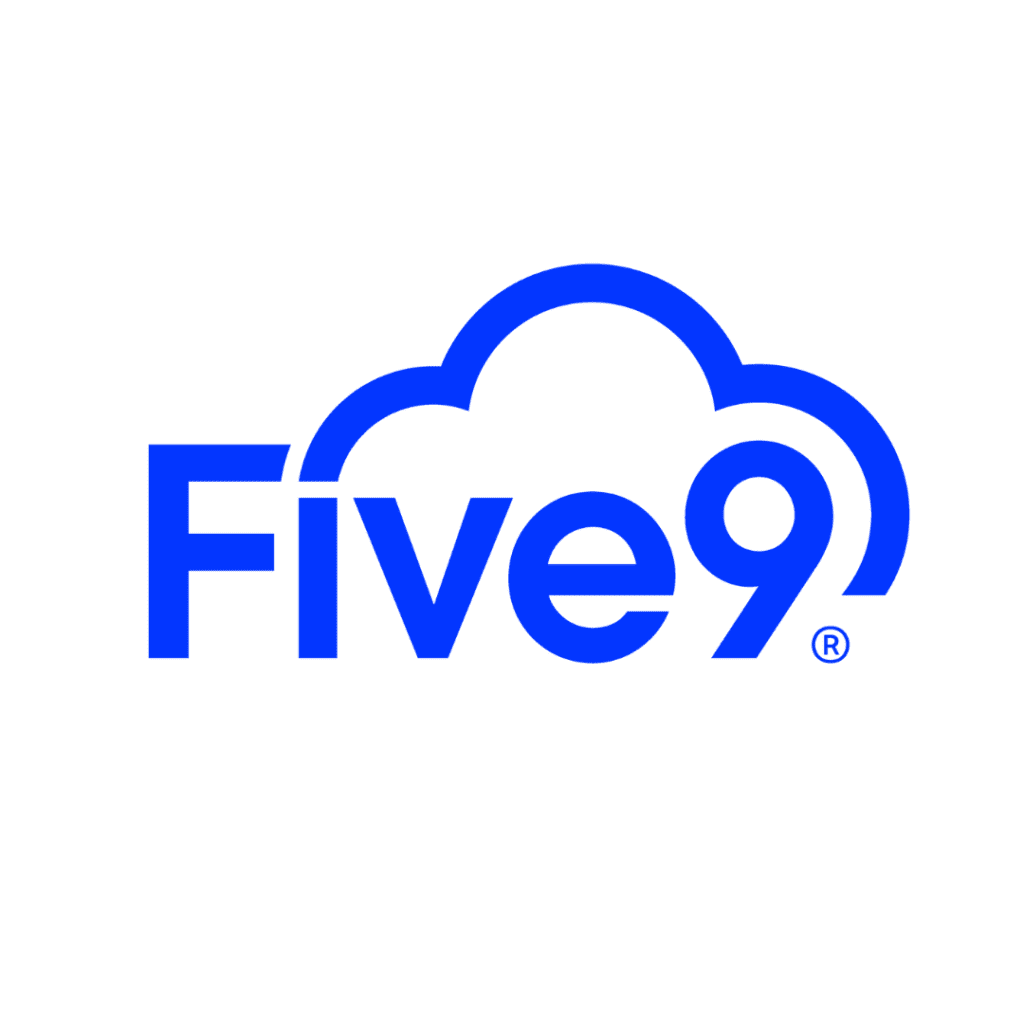Hidden in Plain Sight: A Business Guide to Understanding Communication Bill Taxes and Fees

Businesses often face unexpected costs; as much as we try to plan for them. Your communication bill shouldn’t be that way. Taxes and Fees are a standard part of your UCaaS bill. Whether they’re hidden or stated in plain view, all service providers are allowed by law to include them. Here, we’ll break down those charges, explain their origins, and highlight what the taxes and fees look like from our trusted partners.
What services trigger Communication Taxes?
In short, anything that connects to the wider telephone network. Pay phones, cell phones, landlines, VoIP phones and services. Anything that has a phone number and can send and receive calls are subject to various communication taxes and regulatory fees. This includes both everything connected to the Public Service Telephone Network (PSTN)- contact centers where the contact center has connections to the outside PTSN, IVR and AI services that connect also owe those fees. Services that are purely video calls fall outside this tax and fee structure – until you add an audio bridge, that is. Think Skype and Facetime – you can’t dial any old phone number and get on a video call with them – everyone on the video has to link into the same software for it to work.
By definition, UCaaS services fall under “Things that connect to the PSTN” and therefore are subject to Communications Taxes.
[Learn more about UCaaS and how it could benefit your company]
Why Taxes?
Our communication systems are all interconnected with other services in a huge national and international network. The fees help The fees help in several ways to:
- Provide emergency services.
- Extend the network out to hard-to-reach rural customers so everyone is covered.
- Meet local and state taxation requirements which vary wildly from location to location.
- Cover the cost of meeting regulatory requirements imposed to make the big network all work together in a uniform way.
Authors Note: If you’d like to read about the history of communication taxes, I highly recommend this IRS publication from the Spring of 2000.
What taxes and fees are we talking about?
If you have a communications bill coming in, these federally required fees will be there. Hopefully transparently:
- Federal Universal Service Fund
- E911 Service Fee and Tax
- Regulatory Recovery Fees
- State and Local taxes
Who and what are subject to communication taxes?
Between your business video meetings, calling the pizza place to ask why your dinner is late, getting the stress out on your peloton, riding along with your favorite instructor, and gathering the family to call Grandma on her landline – we touch a LOT of communications tools throughout the day probably without even realizing it. Products and services that make up the communication sector run the full gamut but they all have one thing in common – they’re all subject to taxes and fees.
Communication service taxes (CST) refer to a multitude of taxes, fees, and surcharges at the federal, state, and local levels. This excerpt from tax specialists Vertex Inc sums it up nicely:
“An important aspect that businesses often overlook is their potential liability toward communications service tax. This comes due to the vague definitions that push tax boundaries beyond traditional telephone, cable and broadcasting services. For instance, if your company provides digital communication offerings, VoIP or streaming services, it could fall within the tax regulations for CST. The chances are high that many businesses may be within the scope of communications service tax law but aren’t aware of it, emphasizing the key role that tax compliance plays in an organization.”
Tell me more about these taxes and fees
Federal Universal Service Fund
The USF is a government program that helps fund telecommunications services for low-income consumers, schools, libraries, and healthcare facilities. The Federal Communications Commission (FCC) established the fund in 1997. USF money is distributed through four programs: Lifeline, E-Rate, High Cost, and Rural Health Care. All telecommunications service providers that provide service in the United States are required to contribute to the Federal Universal Service Fund. [Learn more at https://www.fcc.gov/general/universal-service-fund]
E911 Service Fee
E911 or Enhanced 911 is a service in North American that enables a telephone or other device used to dial 911 to automatically transmit the caller’s address or geographic position to emergency responders. The FCC requires every provider of VoIP (voice over-IP) services to make the E911 service available to its customers without any opt out opportunity for the customer. The E911 Service Fee is a monthly recurring fee that communication services and telephony providers charge for E911 service and is intended to allow the service provider to recover the direct cost it incurs in providing E911 services. This is not a tax as it is not remitted to any government agency.
E911 Tax
The E911 tax refers to any tax that is assessed on communication service by state or local taxing authorities in the United States for the purpose of funding state and/or local emergency service programs. This tax is required by law and the service provider generally determines which jurisdiction’s tax laws apply to each customer based on the customer’s service address.
Regulatory Recovery Fee (RFF)
Sometimes companies bundle the cost of providing all those government required services they’re subject to. RRFs are added to bills by phone companies, VoIP providers and all other communication service providers. RFFs can cover the USF contributions, E911 services
State and Local Taxes and fees
This includes and any all communication fees or taxes that States or municipal governments choose to impose.
Can you show me specific examples of these taxes?
We sure can. Our trusted partners are transparent with what taxes and fees are part of their services. Here is how they’re structured:


- Taxes, Fees and Surcharges [link]
What do I need to look out for when deciding on a new UCaaS?
When selecting a communication service or provider, it’s crucial to be aware of potential red flags 🚩 regarding taxes and fees. These charges can significantly impact your total cost, and a lack of transparency can lead to unpleasant surprises. Some key warning signs to watch for include:
1. Providers claiming they don’t have to charge certain taxes or fees.
In most cases, legally mandated taxes apply to all providers operating in each jurisdiction. If a vendor insists they are exempt, it’s worth investigating further to avoid unexpected liabilities.
2. A lack of upfront disclosure about these costs.
In some municipalities, taxes and fees can make up as much as one-third of your total bill. If a provider isn’t proactively discussing these charges, you could be in for a major budget shock when the final invoice arrives.
3. Confusion between taxes and fees.
Taxes are fixed by law and depend on the service location, meaning they remain consistent regardless of the provider. However, fees are often negotiable, and some providers use them as an opportunity to pad pricing. Always clarify which charges are government-mandated and which are provider-imposed.
Recognizing these red flags early will help you make more informed decisions and avoid being blindsided by unexpected costs later down the line.
Conclusion
Understanding the taxes and fees on your communication service bill is essential for gaining clarity and control over your expenses and building trust with your service providers. These charges, often complex and varied, serve important purposes, from funding public programs to adhering to regulatory requirements. By educating yourself about these costs, you’re now better equipped to understand your bill and make informed decisions about your service providers.
At Vertical Communications, we prioritize transparency and work closely with our customers to demystify these charges. With our tailored solutions and dedicated support team, we help ensure you’re not only getting the best value but also the clarity you deserve.
If you have questions about your current services or are looking for a partner who simplifies communication, we’re here to help. Fill out the form below and we’ll be in touch:




